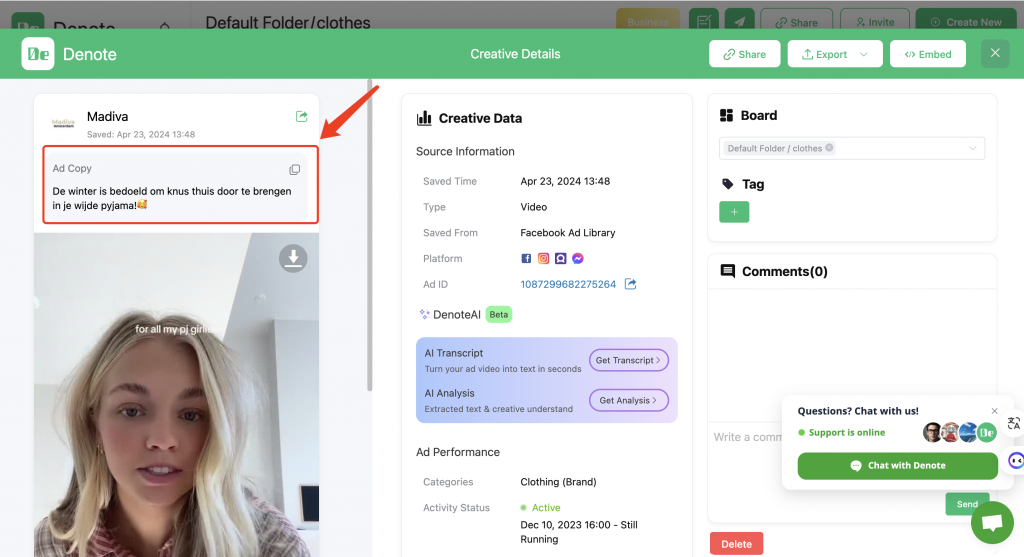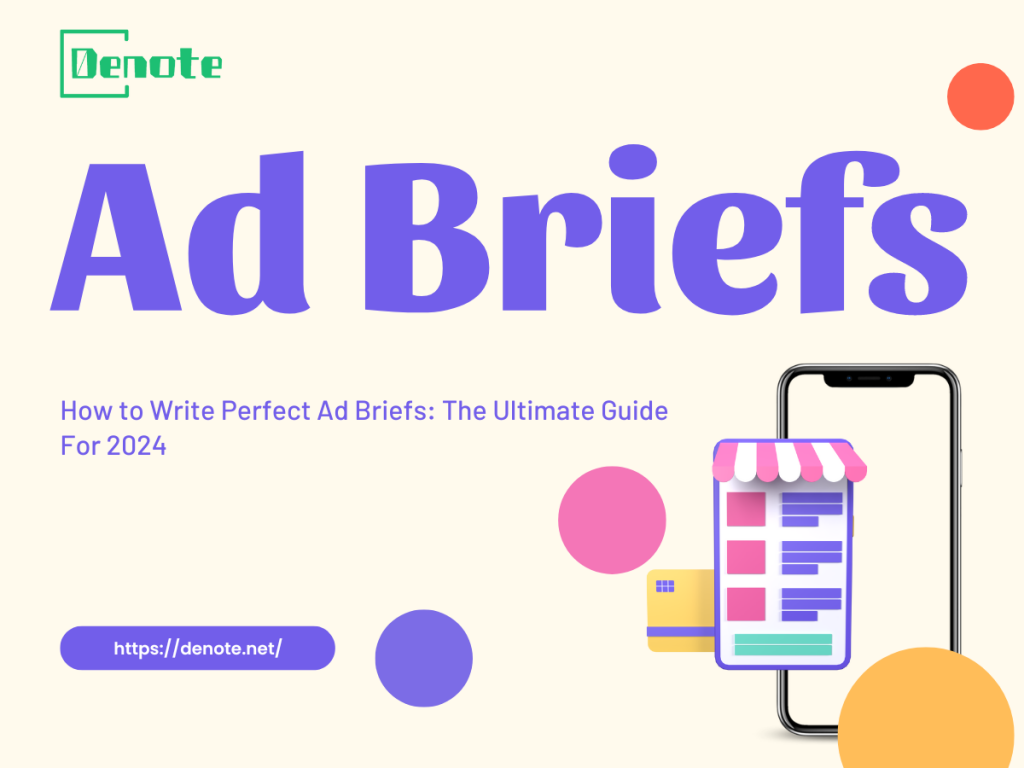A Complete Contextual Targeting Guide for Digital Marketing in 2024

What is Contextual Targeting?
Introduction to Contextual Targeting
Contextual targeting is an advanced advertising technique that places ads on web pages based on the content of those pages. This method involves analyzing the text, images, and metadata of a webpage to determine its central theme and then displaying ads that are relevant to that theme. By aligning ads with the context of the webpage, contextual targeting enhances user experience and increases the likelihood of engagement.
For example, if a user is reading an article about the benefits of yoga, they might see ads for yoga mats, clothing, or classes. This alignment makes the ads more relevant and useful to the user, which can lead to higher engagement rates.

The Evolution of Contextual Targeting
Contextual targeting has evolved significantly over the years. Initially, it was based on simple keyword matching, but with advancements in technology, it now involves sophisticated algorithms and machine learning. These advancements allow for a more nuanced understanding of web page content, leading to more accurate and effective contextual targeting.Site:Denote
Contextual Targeting vs. Behavioral Targeting
Understanding Behavioral Targeting
Behavioral targeting is another popular advertising method that relies on user data to display relevant ads. This method tracks a user's online behavior, such as their browsing history, search queries, and social media activity, to build a profile of their interests. Ads are then displayed based on this profile, rather than the content of the webpage they are currently viewing with Contextual targeting.
Key Differences Between Contextual and Behavioral Targeting
Privacy
Contextual targeting is often seen as more privacy-friendly because it does not track individual user behavior. Instead, it focuses on the content of the web page. Behavioral targeting, on the other hand, involves tracking user behavior, which can raise privacy concerns.
Relevance
While both methods aim to display relevant ads, they do so in different ways. Contextual targeting ensures that the ad content matches the webpage content, making it relevant to what the user is currently viewing. Behavioral targeting relies on the user's past behavior, which may not always align with their current interests.
Implementation
Contextual targeting is implemented by analyzing the content of web pages, while behavioral targeting requires tracking and analyzing user data.
Advantages and Disadvantages
Both contextual targeting and behavioral targeting have their advantages and disadvantages. Contextual targeting is beneficial for maintaining user privacy and ensuring ad relevance to the current content. However, it may not always capture the user's broader interests as effectively as behavioral targeting. On the other hand, behavioral targeting can provide highly personalized ads but raises significant privacy concerns.
Benefits of Contextual Targeting
Enhanced Relevance
One of the primary benefits of contextual targeting is enhanced ad relevance. By placing ads on web pages that match the ad content, advertisers can ensure that their ads are seen by users who are already interested in the topic. This increases the likelihood of user engagement and can lead to higher conversion rates through effective contextual targeting.
Privacy-Friendly
In an era where privacy concerns are paramount, contextual targeting offers a significant advantage. Since it does not rely on tracking user behavior, it is seen as a more privacy-friendly option. This can be particularly important for brands looking to build trust with their audience through contextual targeting.
Improved Brand Safety
Contextual targeting also improves brand safety by ensuring that ads appear alongside relevant and appropriate content. This reduces the risk of ads being displayed next to harmful or inappropriate content, which can damage a brand's reputation. Contextual targeting ensures that the ads are in safe and relevant environments.
Cost-Effectiveness
Contextual targeting can be more cost-effective than other advertising methods. By targeting specific contexts rather than broad user data, advertisers can optimize their ad spend and achieve better ROI. The targeted approach of contextual targeting ensures that the budget is used efficiently.
Flexibility and Scalability
This method is also flexible and scalable. Contextual targeting can be used across various types of content and adapted to different advertising goals. Whether an advertiser is looking to build brand awareness, drive traffic, or increase conversions, contextual targeting can be an effective strategy.Site:Denote
Contextual Keyword Targeting
What is Contextual Keyword Targeting
Contextual keyword targeting is a specific approach within contextual targeting that focuses on selecting particular keywords related to the ad content. Advertisers choose keywords that are relevant to their products or services and ensure that their ads appear on pages containing those keywords. This strategy allows for more precise ad placements and can enhance the effectiveness of contextual targeting.
How to Choose Keywords
Choosing the right keywords is crucial for the success of contextual keyword targeting. Advertisers should select keywords that are closely related to their products or services and are likely to appear on relevant web pages. Tools such as keyword research tools can help identify high-performing keywords for contextual targeting.

Implementing Contextual Keyword Targeting
Once the keywords are selected, they are integrated into the ad placement strategy. The ads are then displayed on web pages that contain those keywords, ensuring that they are seen by users who are interested in the topic. For example, a company selling eco-friendly products might target keywords like "sustainable living" or "green products" to place their ads on relevant articles or blogs. This method enhances the precision and relevance of contextual targeting.
Benefits of Contextual Keyword Targeting
Contextual keyword targeting offers several benefits. It allows for more precise ad placements, enhancing the relevance of the ads. It can also improve the performance of ad campaigns by targeting users who are already interested in the topic. Additionally, it provides flexibility, allowing advertisers to adjust their keyword strategy based on performance data, making contextual targeting more effective.
How Does Contextual Targeting Work?
The Mechanism Behind Contextual Targeting
Contextual targeting works through sophisticated algorithms that analyze the content of web pages. These algorithms scan the text, images, and metadata to determine the central theme of the page. Once the theme is identified, ads that match the context are selected and displayed. This process ensures that the ads are relevant to the content the user is currently viewing, increasing the likelihood of engagement.
Steps Involved in Contextual Targeting
- Content Analysis: The first step in contextual targeting is analyzing the content of the web page. This involves scanning the text, images, and metadata to understand the central theme of the page.
- Keyword Matching: Once the content is analyzed, the algorithm matches it with relevant keywords. These keywords are selected based on the advertiser's contextual targeting strategy.
- Ad Selection: Based on the keyword matching, the algorithm selects ads that are relevant to the content of the page. These ads are then displayed on the page.
- Continuous Optimization: Contextual targeting is an ongoing process. The algorithms continuously analyze web pages and optimize ad placements based on performance data.
The Role of Machine Learning
Machine learning plays a significant role in contextual targeting. Advanced machine learning algorithms can analyze large amounts of data and identify patterns that might not be obvious to human analysts. These algorithms can continuously learn and improve, leading to more accurate and effective contextual targeting.
Challenges and Solutions
While contextual targeting offers many benefits, it also comes with challenges. One challenge is ensuring the accuracy of content analysis. If the algorithm misinterprets the content, the ads may not be relevant. Another challenge is dealing with dynamic content, such as news articles or user-generated content, which can change frequently.
Solutions to these challenges include using advanced machine learning algorithms that can accurately analyze content and adapt to changes. Additionally, ongoing monitoring and optimization can help ensure that the ads remain relevant and effective, enhancing the overall effectiveness of contextual targeting.
Contextual Advertising Examples
Travel Agency Ads on Travel Blogs
One of the most common examples of contextual targeting is travel agency ads on travel blogs. Travel agencies can use contextual targeting to place their ads on blogs and articles about vacation destinations, travel tips, and adventure stories. This ensures that their offers reach an audience interested in travel, increasing the likelihood of engagement and conversions.

Fitness Products on Health Websites
Another example of contextual targeting is fitness products advertised on health and wellness websites. Companies selling fitness equipment, supplements, or workout programs can use contextual targeting to place their ads on articles and blogs about exercise, healthy eating, and wellness. This aligns the ads with content that the audience is already interested in, enhancing the effectiveness of the ad campaign.
Tech Gadgets on Tech News Sites
Tech companies can use contextual targeting to advertise their latest gadgets on websites that publish tech news and reviews. By placing ads on articles about the latest tech trends, product reviews, and industry news, these companies can reach an audience that is interested in technology, increasing the chances of user engagement.

Eco-Friendly Products on Sustainable Living Blogs
Companies selling eco-friendly products can use contextual targeting to place their ads on blogs and articles about sustainable living. By targeting content related to green products, environmental conservation, and sustainable practices, these companies can reach an audience that values sustainability, increasing the likelihood of engagement and conversions.
Fashion Ads on Style Blogs
Fashion brands can use contextual targeting to place their ads on style blogs and websites. By targeting content related to fashion trends, style tips, and clothing reviews, these brands can reach an audience that is interested in fashion, enhancing the effectiveness of their ad campaigns.Site:Denote

Conclusion
Contextual targeting is a powerful advertising strategy that aligns ads with the content of web pages, enhancing user experience and increasing engagement. By understanding the differences between contextual and behavioral targeting, advertisers can choose the strategy that best suits their goals.
The benefits of contextual targeting, such as enhanced relevance, privacy-friendliness, and improved brand safety, make it an attractive option for many advertisers. With the right approach to keyword targeting and the use of advanced algorithms, contextual targeting can lead to highly effective ad campaigns.





